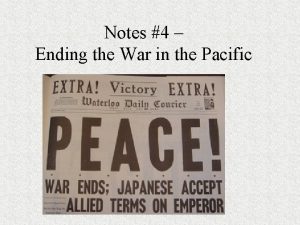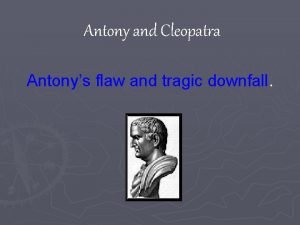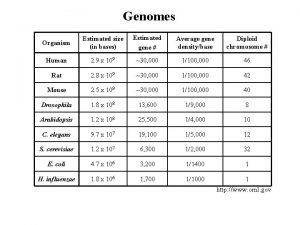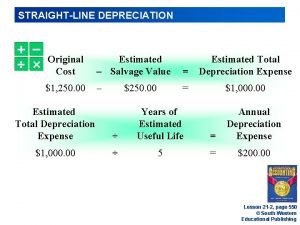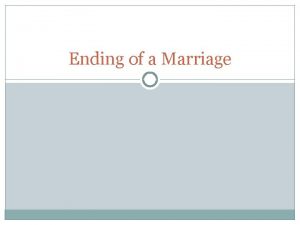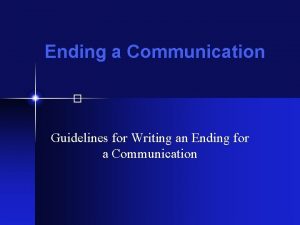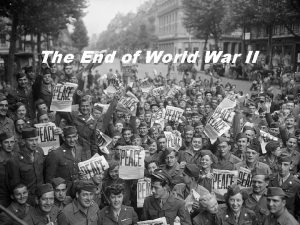Ending the War Operation Downfall Operation Downfall Estimated














- Slides: 14

Ending the War

Operation Downfall

Operation Downfall • Estimated US Casualties: • Joint Chiefs of Staff • Olympic – 456, 000 casualties, including 109, 000 dead or missing after 90 days • Coronet – and combined total of 1, 200, 000 casualties, with 267, 000 fatalities • Nimitz’s Staff • 49, 000 casualties in the first 30 days, including 5, 000 at sea • Mac. Arthur’s Staff • 23, 000 in the first 30 days and 125, 000 after 120 days

Operation Downfall • Nearly 500, 000 Purple Heart medals were manufactured in anticipation of the casualties resulting from the invasion of Japan. • To the present date, all the American military casualties of the sixty years following the end of World War II — including the Korean and Vietnam Wars — have not exceeded that number. • In 2003, there were still 120, 000 of these Purple Heart medals in stock. • There are so many in surplus that combat units in Iraq and Afghanistan are able to keep Purple Hearts on-hand for immediate award to wounded soldiers on the field. Giangreco, Dennis M. "Are New Purple Hearts Being Manufactured to Meet the Demand? "; History News Network (December 1, 2003).

Atom Diplomacy • FDR had funded the top-secret Manhattan Project to develop an atomic bomb • Dr. Robert Oppenheimer successfully tested in the summer of 1945. • FDR had died on April 12, 1945, and the decision was left to Harry Truman. • An amphibious invasion could cost over 350, 000 Allied casualties.

Ending the War: The Pacific • August 6, 1945 – Enola Gay drops bomb on Hiroshima • 140, 000 dead; tens of thousands injured; radiation sickness; 80% of buildings destroyed • August 9, 1945 – Nagasaki • 70, 000 dead; 60, 000 injured • Emperor Hirohito surrenders on Aug. 14, 1945. (V-J Day) • Formal surrender signed on September 2 onboard the battleship Missouri in Tokyo Bay

Enola Gay

VJ Day 2 September 1945

The Decision Fat Man – Nagasaki 6 August 1945 Little Boy – Hiroshima 9 August 1945

Cost of War • Germany- 3 million combat deaths (3/4 ths on the eastern front) • Japan – over 1. 5 combat deaths; 900, 000 civilians dead • Soviet Union - 13 million combat deaths • U. S. – 300, 000 combat deaths, over 100, 000 other deaths • When you include all combat and civilian deaths, World War II becomes the most destructive war in history with estimates as high as 60 million, including 25 million Russians.

Postwar Efforts at Revenge • The Nuremberg Trials of 1945 -46 • After, WWII the Allied powers decided to place on trial the highest-ranking Nazi officers for “crimes against humanity” • Allied forces had attempted to do this after WWI, but had released them on the grounds that they “were just following orders” • Hitler, Goebbels, and Himmler were dead; but, 22 Nazi leaders (including Goring) were tried at an international military tribunal at Nuremburg, Germany. 12 were sentenced to death. Similar trials occurred in the east and throughout the world. • The Tokyo Trial (1946 -48)

Postwar Efforts at Peace • The United Nations – There was some hope when, in 1945, the United Nations was created; an organization to promote international stability • A General Assembly where representatives from all countries could debate international issues. • The Security Council had 5 permanent members – U. S. , Soviet Union, Britain, France, and China could veto any question of substance. There were also 6 elected members. • Key: the U. S. joined in contrast to League of Nations

Wartime Agreements • Unlike WWI, there was no Peace of Paris to reshape Europe. • Instead, the Yalta agreement of February 1945, signed by Roosevelt, Churchill, and Stalin, turned the prevailing military balance of power into a political settlement. • Potsdam Conference, in suburban Berlin (July 1945)— Truman, Stalin, Churchill – Finalized plans on Germany would be demilitarized and would remain divided.

 War and peace ending
War and peace ending Island hopping
Island hopping Claudius downfall
Claudius downfall Comprehension for grade 9
Comprehension for grade 9 Cleopatra's downfall
Cleopatra's downfall David's downfall
David's downfall Charting macbeth's downfall answer key
Charting macbeth's downfall answer key Napoleon's downfall worksheet
Napoleon's downfall worksheet Who is responsible for macbeth's downfall quotes
Who is responsible for macbeth's downfall quotes What is a tragedy
What is a tragedy A man's pride can be his downfall
A man's pride can be his downfall Dowmfall
Dowmfall Bawal ang sasakyan na sobra sa dalawang tonelada ang ehe
Bawal ang sasakyan na sobra sa dalawang tonelada ang ehe Estimated elapsed time
Estimated elapsed time Body fluid compartments
Body fluid compartments

